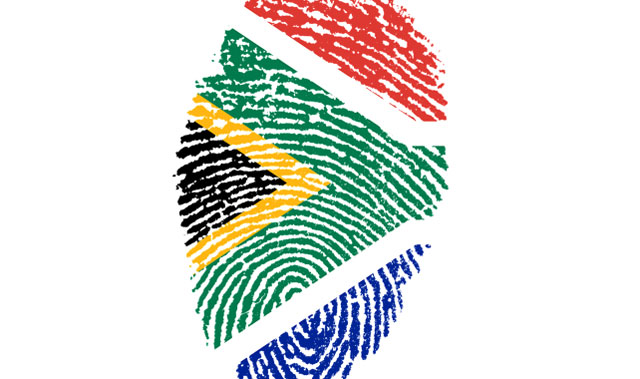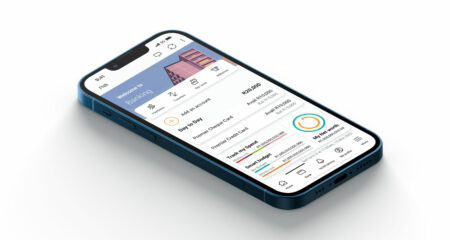
New standards to facilitate card payments using fingerprint authentication have been introduced to make transactions more secure and convenient for consumers.
The Payments Association of South Africa (Pasa), in partnership with Visa and MasterCard, announced on Tuesday a new standardised specification to facilitate biometric authentication on payment cards.
“Biometrics have been around for many years, but they have never been adopted in the payment space,” said Pasa CEO Walter Volker.
This technology allows interoperability within the payment space. Wherever biometric technology is currently being used, it is limited to the standards of a particular vendor.
Biometric authentication used by banks is limited to each bank for its own branches. This means that a customer from another bank could not be accommodated, explained Volker.
The introduction of the standard is an “industry first”, as so far there has been no such thing as an interoperable standard supported by multiple vendors, he said.
This will get multiple banks exchanging payment instructions.
“This unlocks network effects, as consumers are not ‘locked’ in a bank or a tech provider.”
MasterCard and Visa supported the initiative after Pasa approached them in March 2015.
Combining their global expertise, they have introduced an interoperable standard to accept fingerprints by a biometric reader, said Volker.
These standards meet those set by ISO and EMV. It is further voluntary for banks and other financial institutions to adopt this standard and to eventually introduce infrastructure, whether at their branches or ATMs to read fingerprints, he explained.
If banks are to issue fingerprint authenticated cards, then they would most probably introduce the infrastructure to read them, he said. The upgrading of ATMs would depend on the card volumes issued. The South African Social Security Agency (Sassa) is keen on adopting this technology for social grant payments, said Volker.
Mark Elliott, division president for MasterCard South Africa, explained that disruptive technology is an opportunity for business. Digital convergence now means a consumer can leave their wallet at home, and just rely on mobile devices to make payments.
“The biometric standard is a foundational layer. There are more opportunities to think of new types of biometric authentication,” he said.
Research shows that smartphone penetration is increasing and is expected to double in the next decade. As more people rely on devices to make payments, it shows the importance of having a biometric standard, he explained.
Market research by MasterCard shows that 65% of South Africans have an interest in using biometrics as opposed to traditional payments and seven out of 10 people say biometrics is an easier way to access account, said Elliott.
Only one authentication method can be used at a time, explained Taurai Tarugarira, senior director of processing in sub-Saharan Africa for Visa. For example, one can either use biometric authentication, or pin authentication, but not both. This is to make the process as “seamless” as possible for consumers when making payments.
Another added benefit is security, as it is difficult to forge a fingerprint, heartbeat or pulse, said Tarugarira. This is possible as readers are made to detect “liveness” this could be pulse, moisture and even body heat.
In global cases, fingerprint technology is mature, with improved quality. Additionally the price of technology has come down. This means reliable user authentication is possible at a feasible price point.




